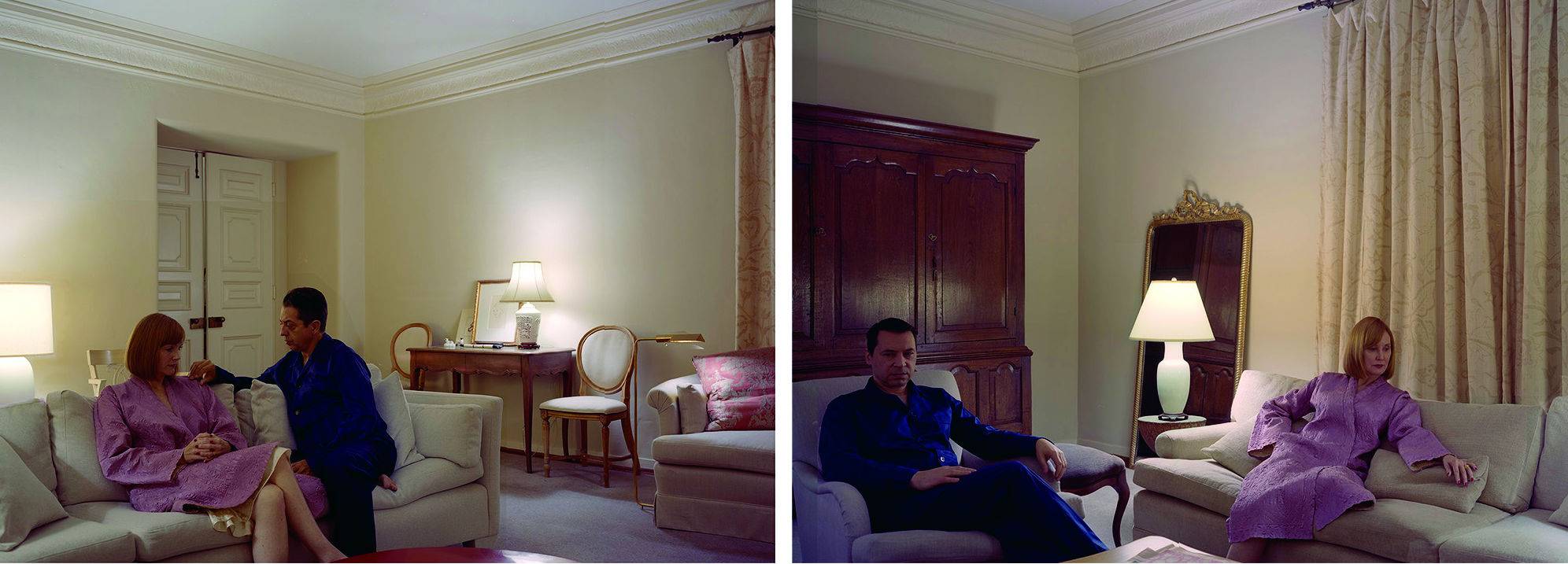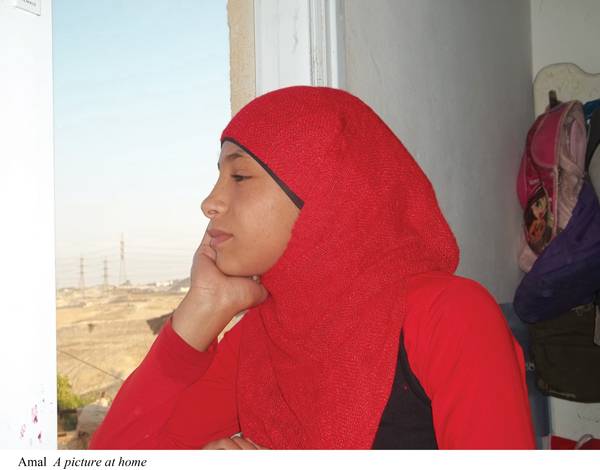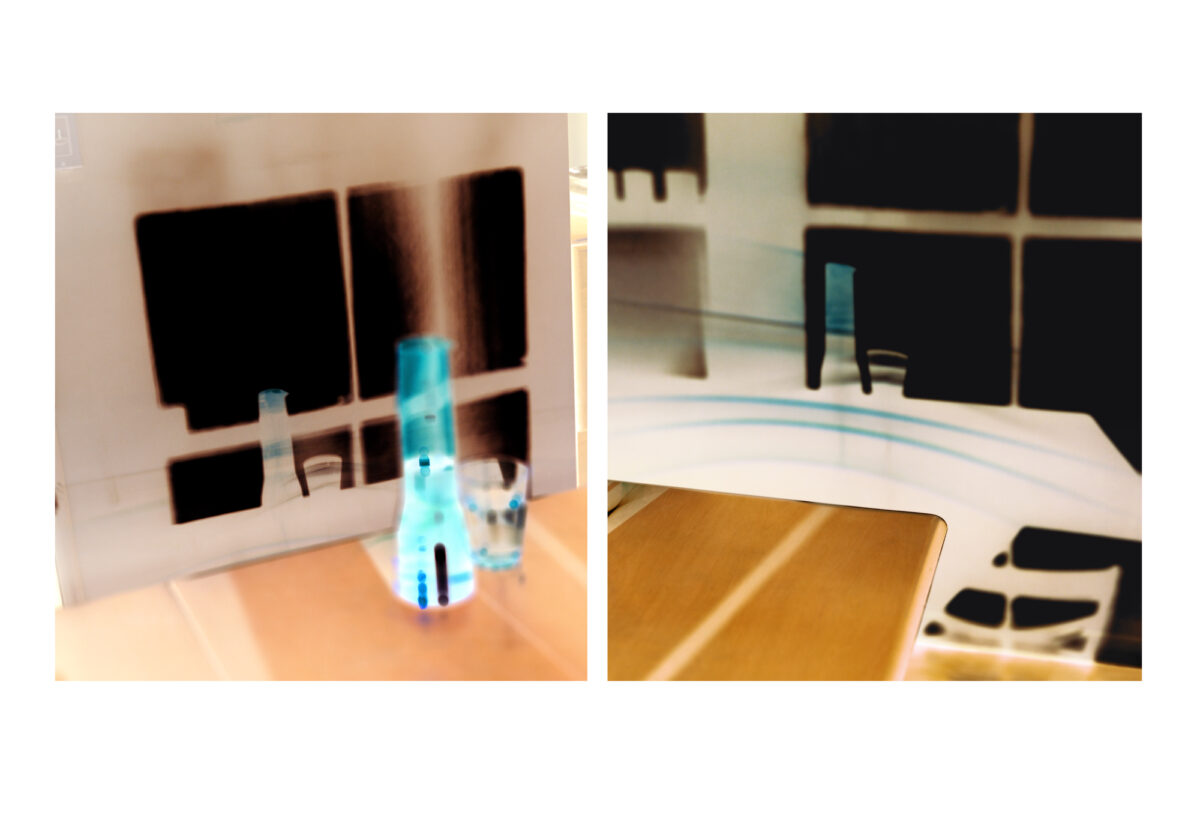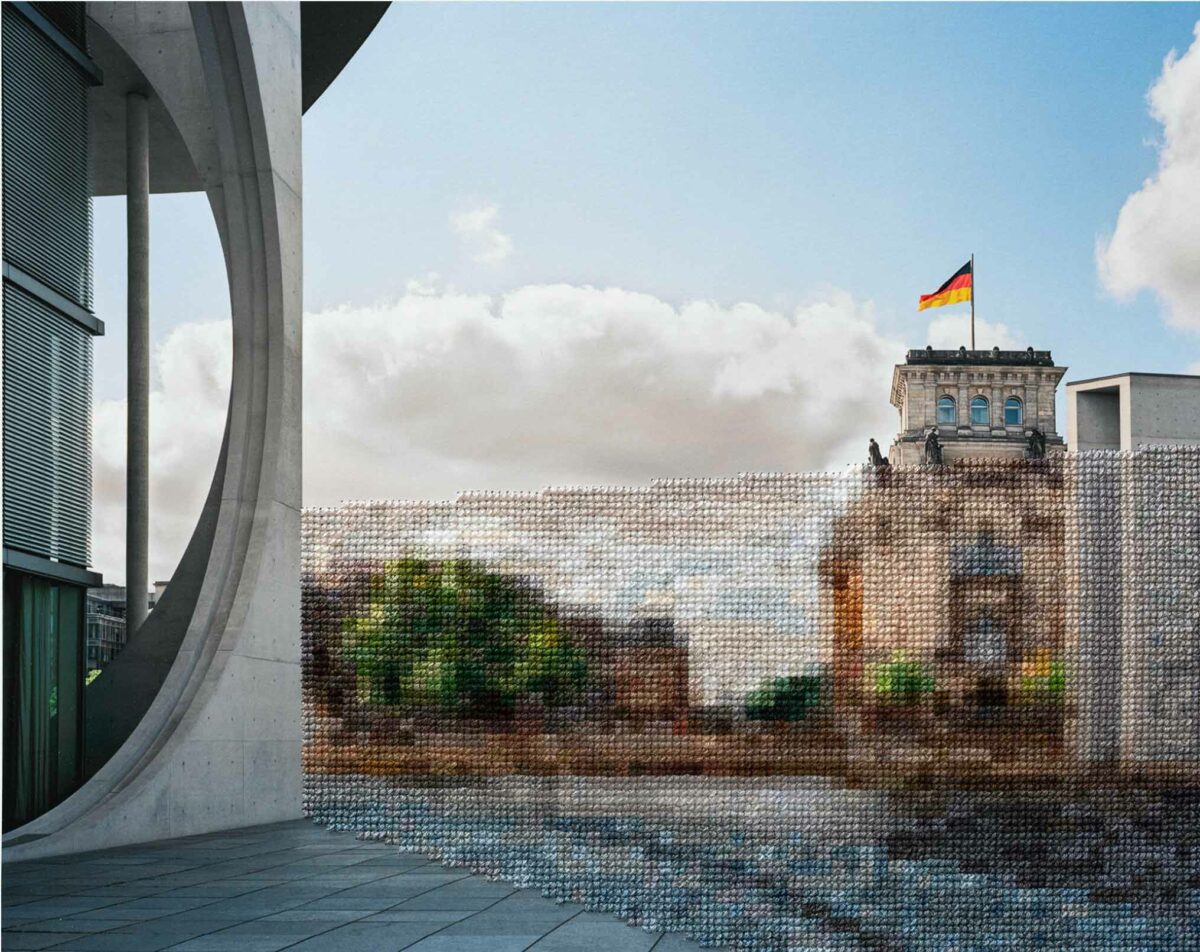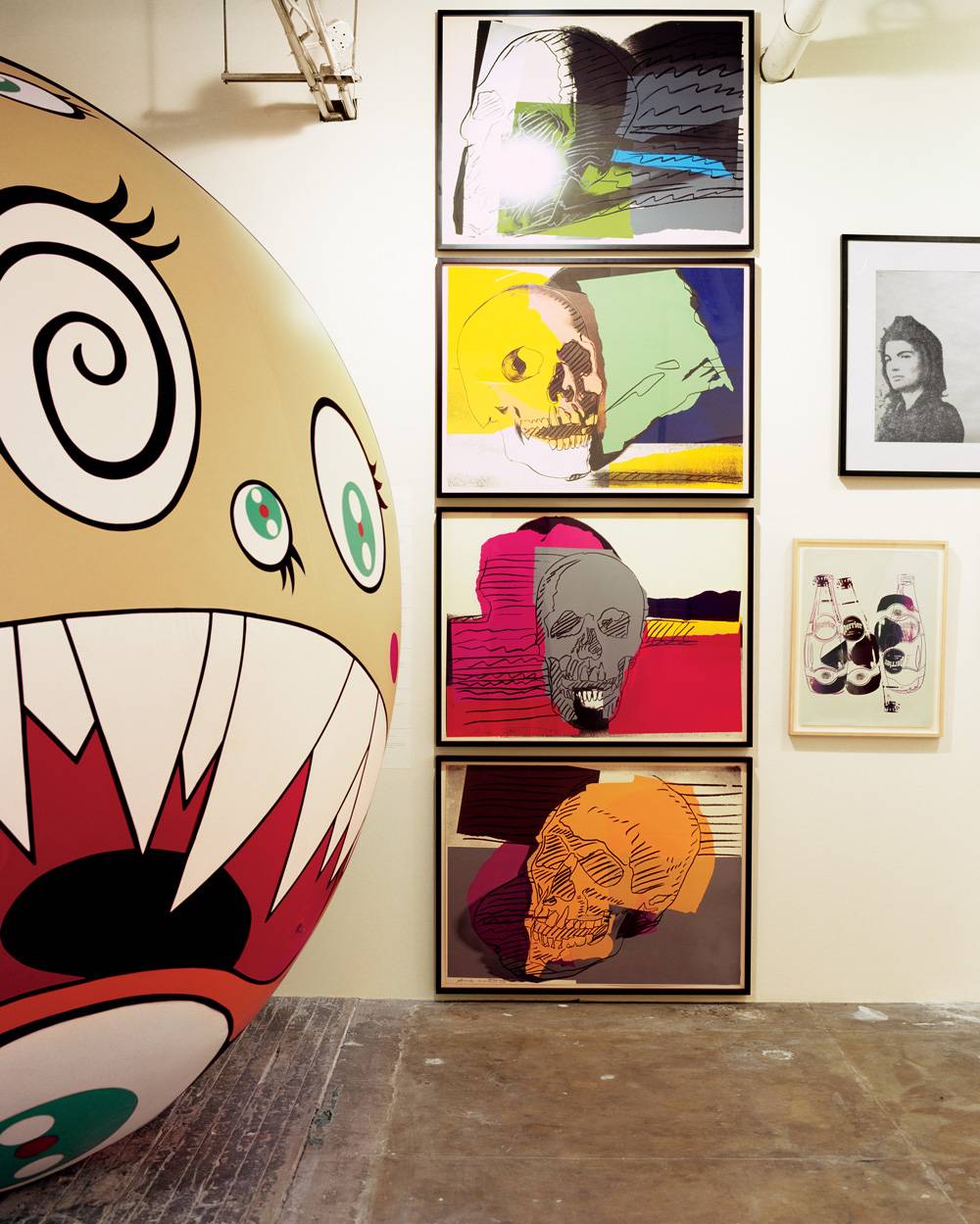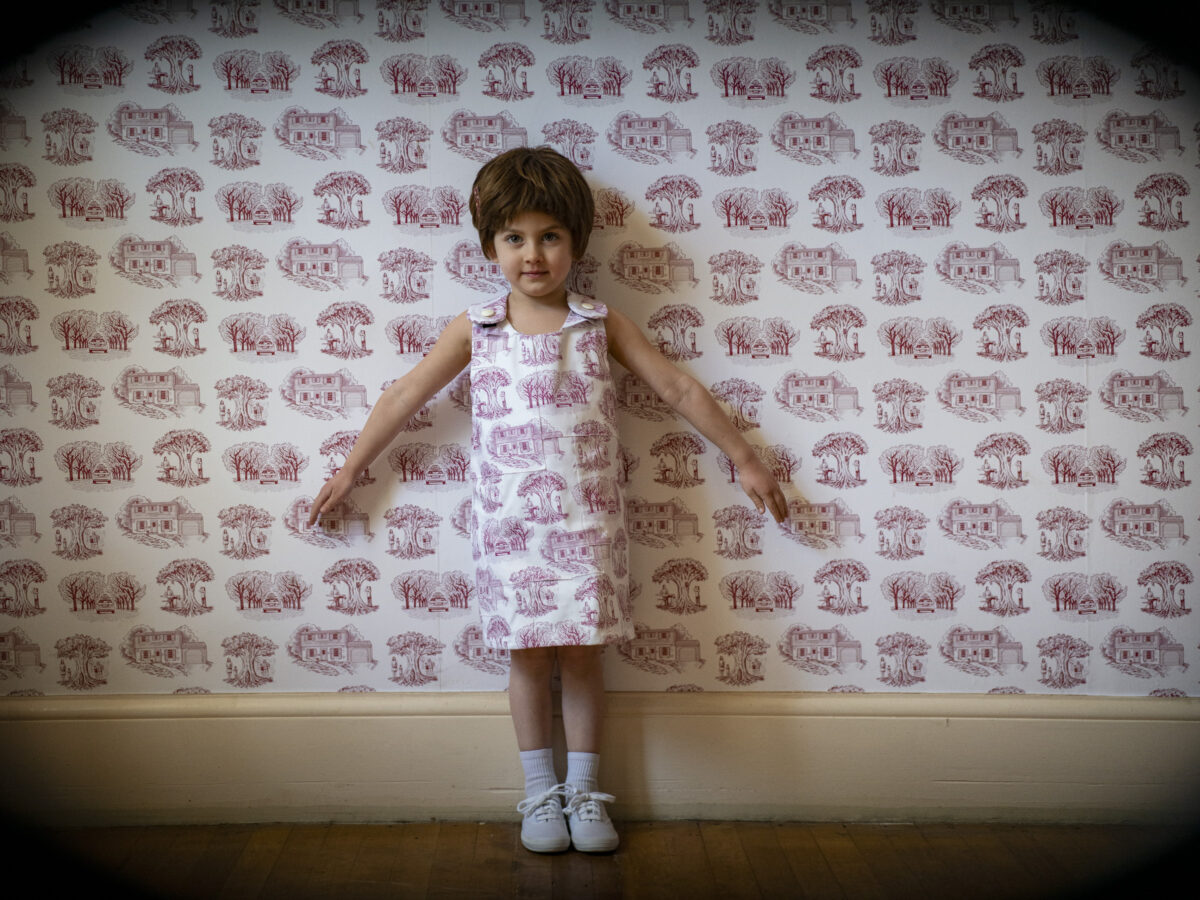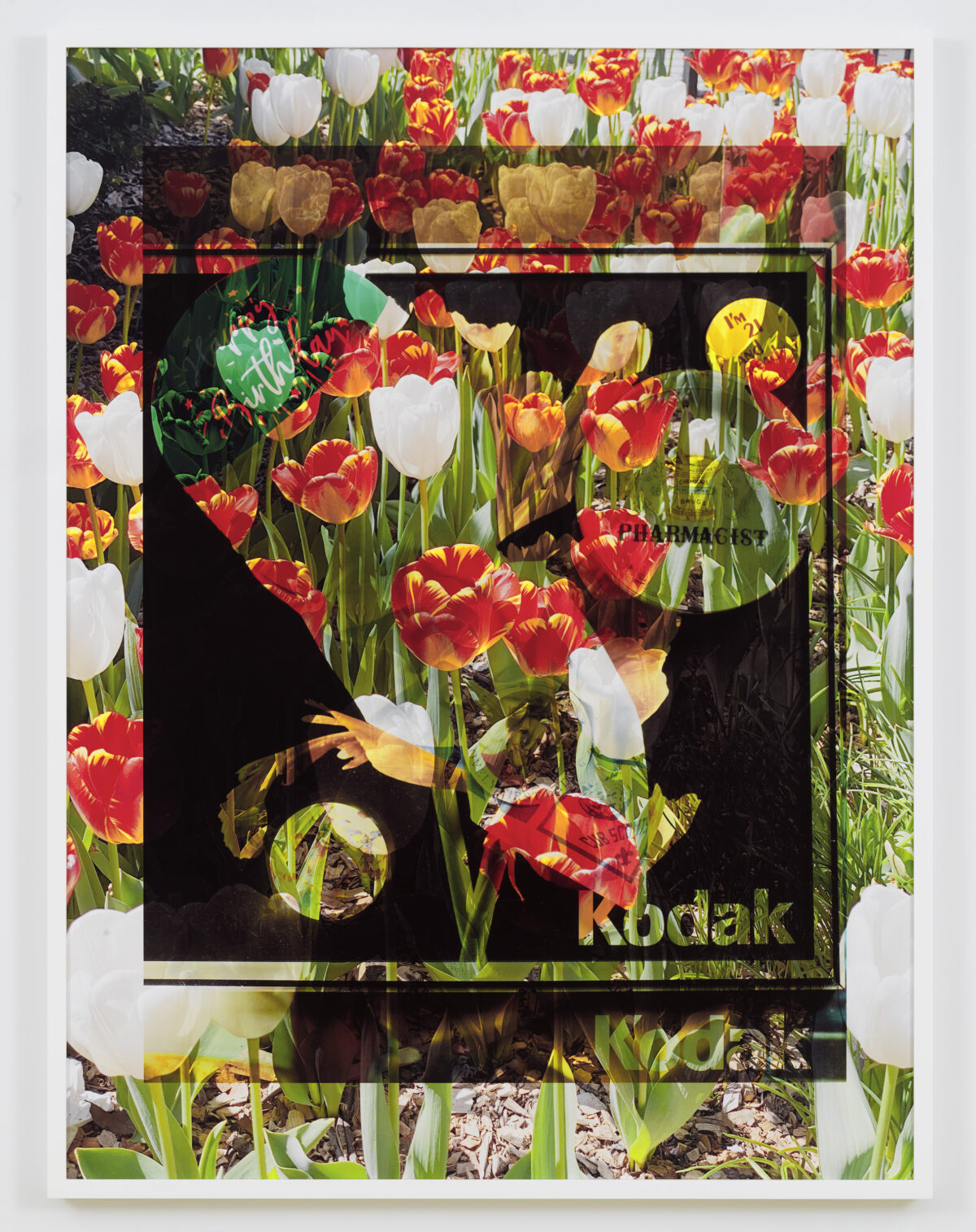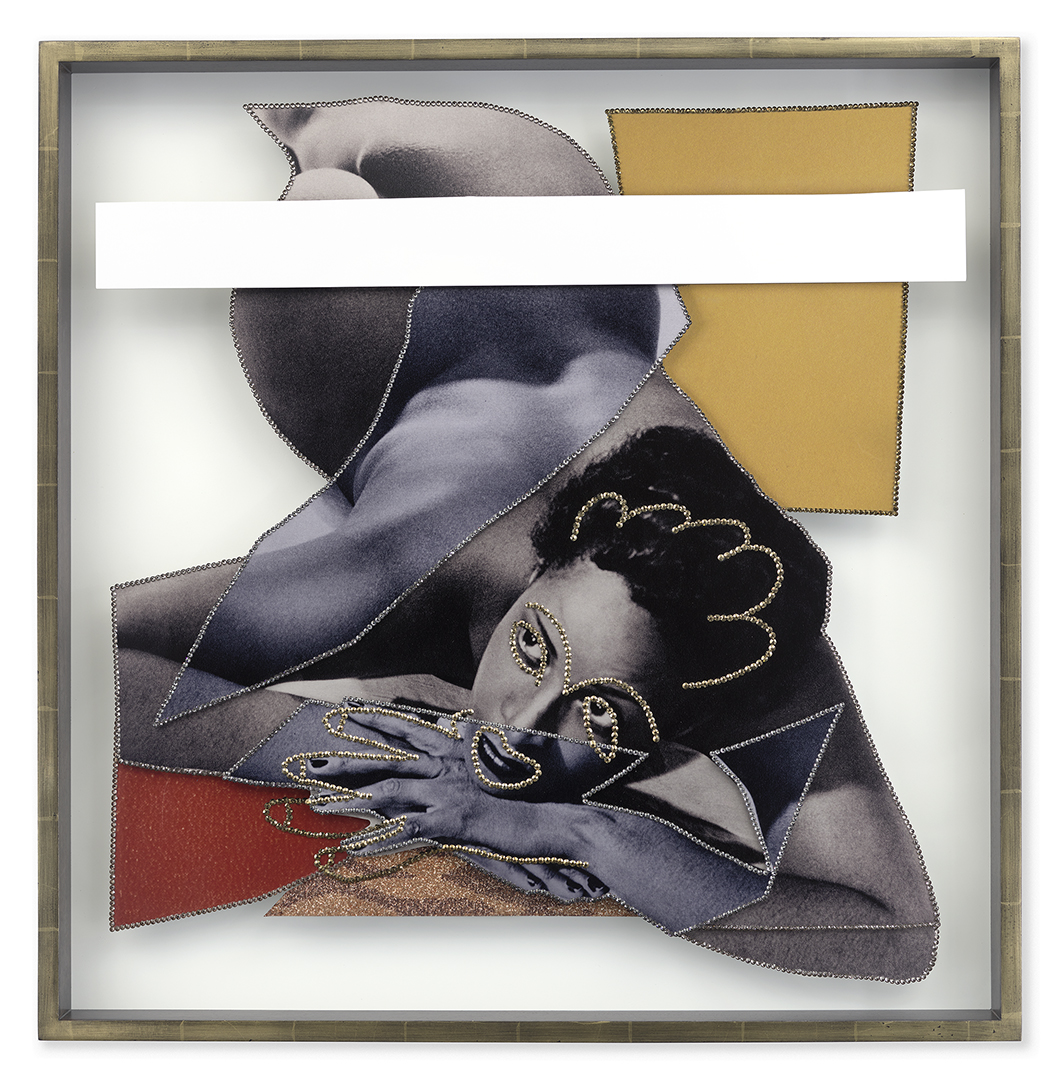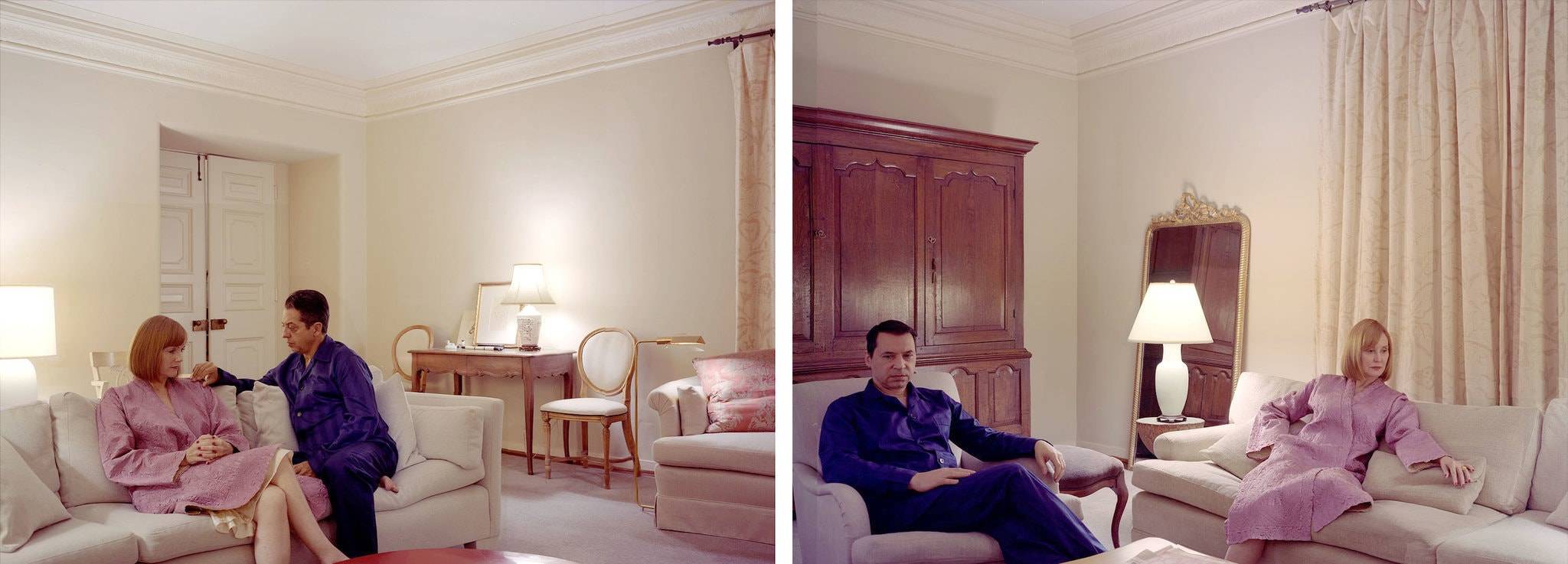

Jeff Wall’s grand tableaux do many things at once. His suspended narratives nod to the history of art, not just in their subject matter, but in his working method: his mural-sized images are painstakingly staged and digitally stitched together. It is a photographic method that makes no claim to being an instantaneous, truthful take on the world: his rigorously formal compositions aim to match the refined technique and meticulously crafted compositions of the history of Western painting. A significant part of his appeal is that he’s done this with an adeptness that avoids the overly literal or didactic quotation.
Wall is the latest artist to be poached by mega-dealer Larry Gagosian. His exhibition in the basketball court-sized 21st Street space is his first with the gallery since leaving Marian Goodman, his dealer for 25 years. While his work has always been cinematic, his new photographs push further into the realm of narrative and sequence: of the seven works on view through July 26, there are two diptychs, and one thoroughly immersive triptych, I Giardini/The Gardens(2017). Consisting of panels entitled Appunto/Complaint; Disappunto/Denial; andDiffida/Expulsion order, it measures almost 39 feet across. In the silent, three-act play, a man and a woman – they might be the same two in each panel, but they might not; there is some intentional digital ambiguity here – engage in an unreadable encounter, in which the woman seems to be expelled from the garden. In the last panel, the pair navigate a small topiary maze while reading from some papers. While Wall has done other multi-panel works, The Gardensmarks a significant departure for him in that he introduces an element of temporality: read from left to right, there is an implied passage of time in which the drama unfolds. The diptych Pair of Interiors (2018) continues in this mode, albeit with somewhat more subtlety. A couple is pictured in an upscale, generically furnished room. In the left frame, they are seated on a couch; the moment is highly charged, but ambiguous. In the right frame, the man is now seated on a matching chair, casting a gaze in the direction of the viewer as the woman looks askew.
In both of these breakthrough works, rather than an image depicting a single incident– like Parent and Child (2018), in which a man stands over a child, lying inexplicably in a fetal position in the middle of a suburban sidewalk – each panel represents one episodein an overarching narrative. It is no longer suspended. Something has happened. Instead of loading the dramatic punch into one image, we have a sense of tension and release. If humans are hardwired for narrative, Wall gives us just enough information – and no more – to trigger our “storytelling” reflex, while leaving his figures so absorbed in their world, they seem to be in another one altogether.

